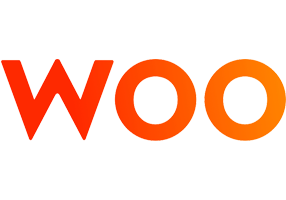Every time you sit down for an interview, you are at the mercy of the question in every interviewer’s arsenal: “So, what do you think your biggest weakness is?”
Same could be applied to an inquiry regarding your greatest strengths.
If the examination around this is inevitable, the answer must be an important factor for a company in their decision making process.
We are going to dive deeper into how to take an inventory of your strengths and weaknesses, how to use storytelling to best demonstrate these characteristics, and how well-preparing for all of this can lead you to a more success interview.
Evaluating your strengths and weaknesses can be incredibly intimidating, as there are millions of characteristics that may represent either.
This list goes into extensive detail about 31 professional competencies that you can use as a reference for either strengths or weaknesses. It is best if you can choose about 3 strengths and 2 weaknesses in the event that a potential employer asks for multiple examples.
It is important that you are honest with yourself about what you are good at, and what needs improvement. After all, the most effective way to get a job that suits you best is to be honest about your background and traits.
Identifying the relevant key core competencies is incredibly important, but almost equally important is to show, not just tell, based on your past experiences.
The STAR method.
S – situation,
T – task,
A – action,
R – resolution
Using the STAR method is the most efficient way to describe a situation, task, action, and resolution in a given scenario.
You will need to describe each in the order listed above and present it as a storyline so employers can follow along easily.
Remember to stay focused on the ultimate goal, which is to demonstrate your strength in the most positive and marketable light.
The Past-Present-Future Method.
While the STAR method may be best for showing strengths, for weaknesses the past-present-future model may be more effective.
When you think about your greatest weakness, you can think about a scenario in the past when this feedback was given to you.
For example, “During a very busy time in my previous role, my manager told me I was taking on too many tasks at once and needed to be more selective in saying “yes” in order to optimize my success.” You can then describe what you are presently doing to improve this weakness and explain what you are going to do in the future to keep improving.
Everyone has weaknesses, it is about how you present them that will make a difference. Using this model, you will demonstrate that you have the capability to recognize and actively improve your weaknesses.
Questions regarding core competencies will not likely disappear soon.
Whether you are junior or senior, these topics remain relevant and you should constantly be reevaluating your answers to these inquiries as you go throughout your career. Your answers to biggest strengths and weaknesses could very well make or break an interview, so make sure to prepare so you can nail this part of the interview!



